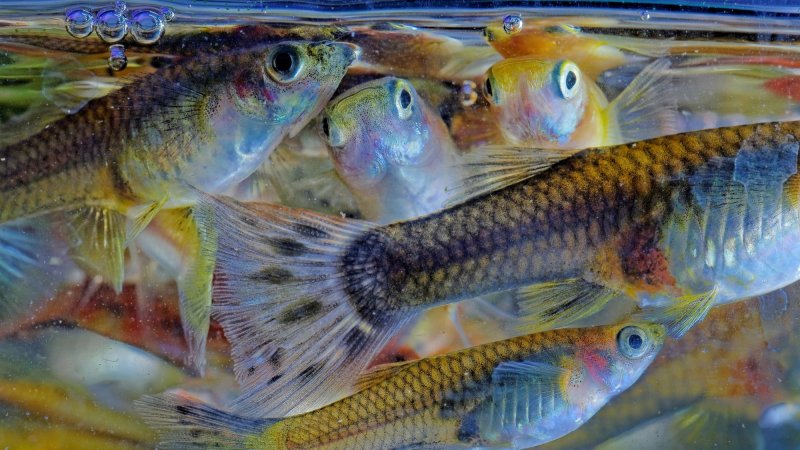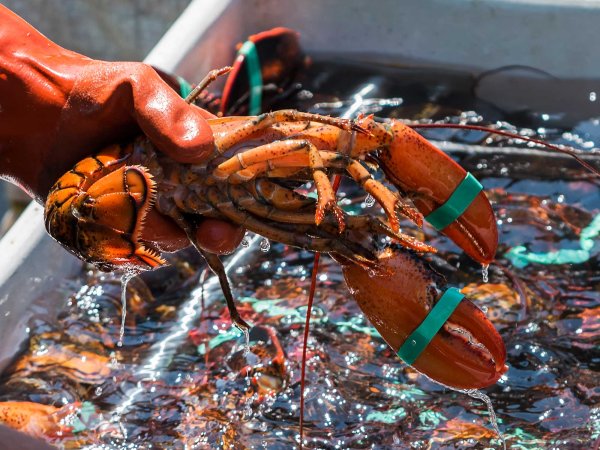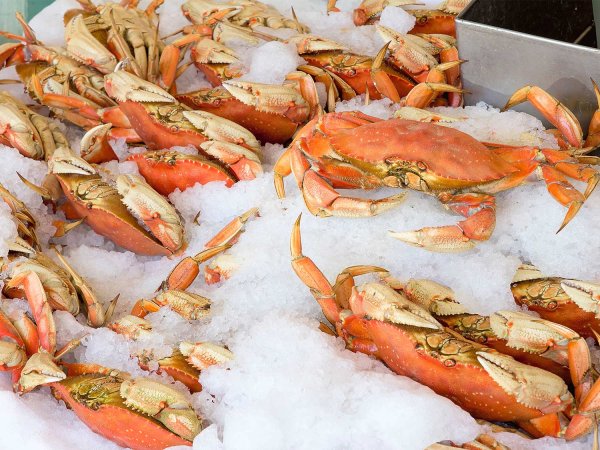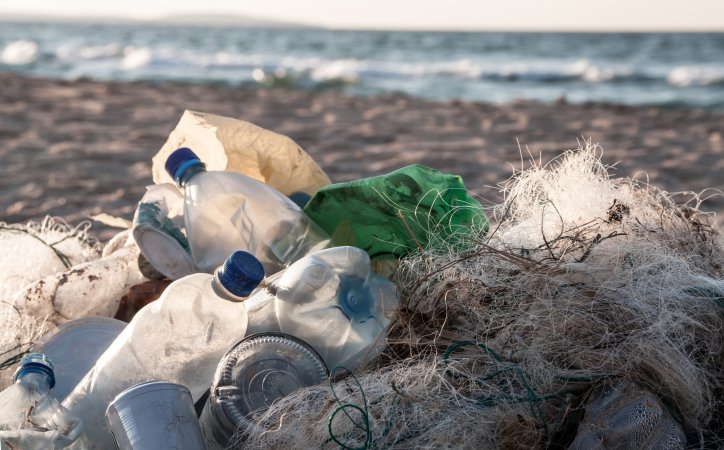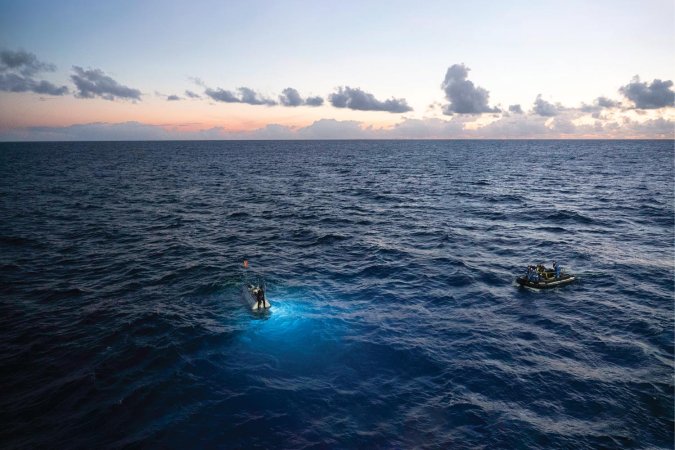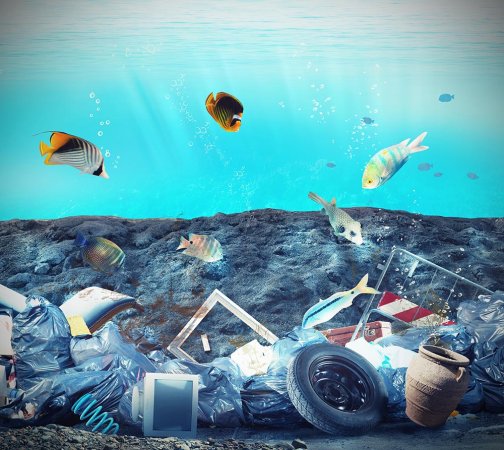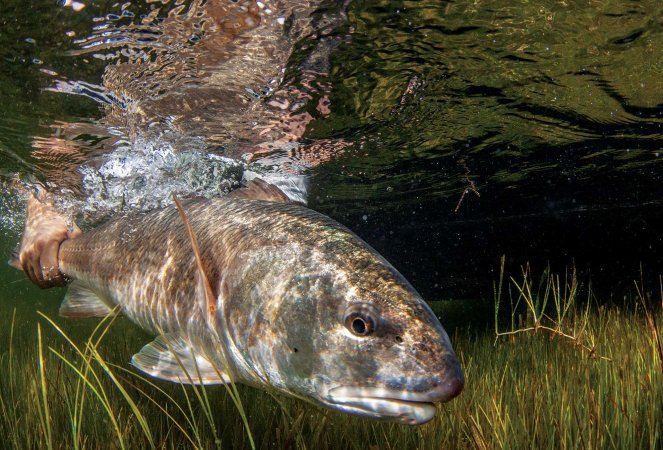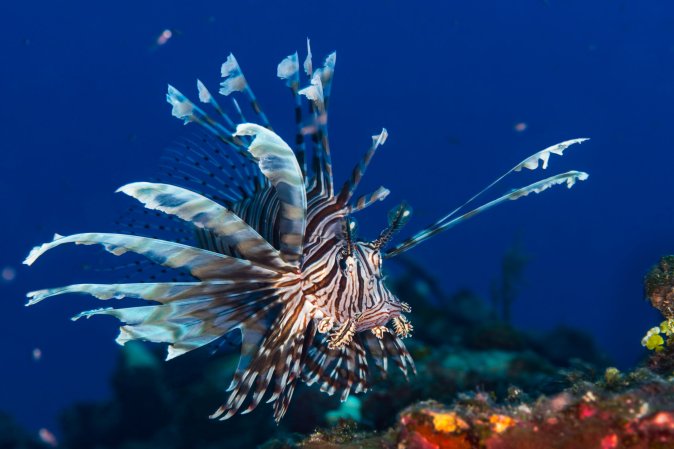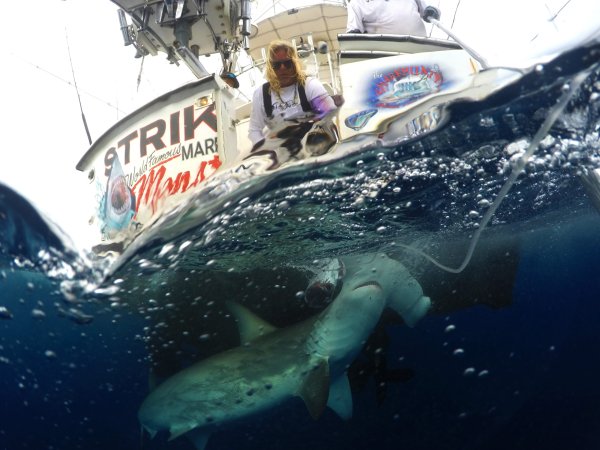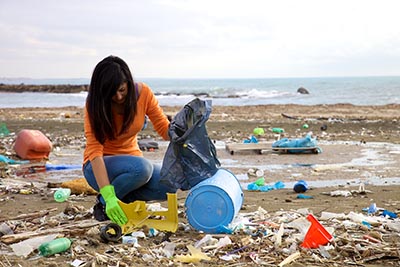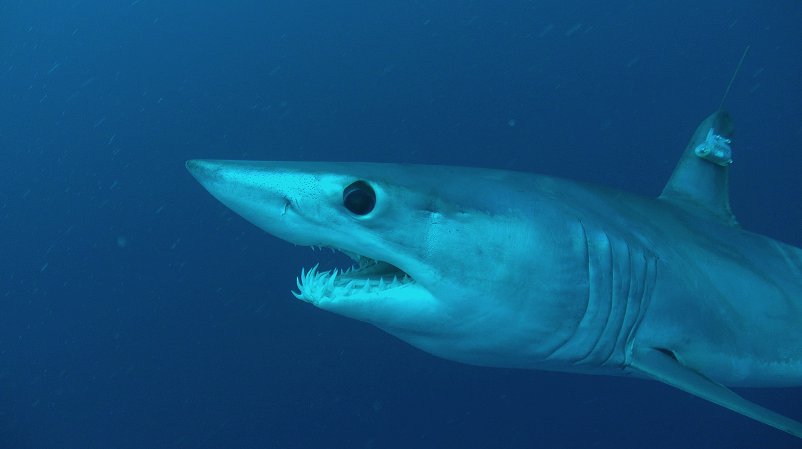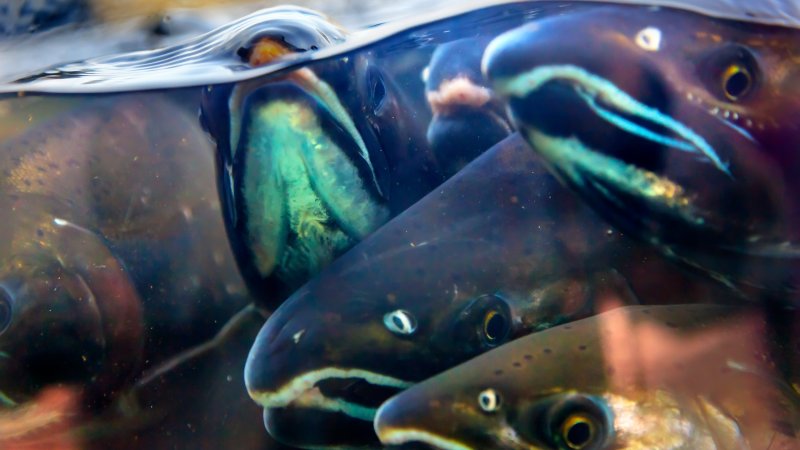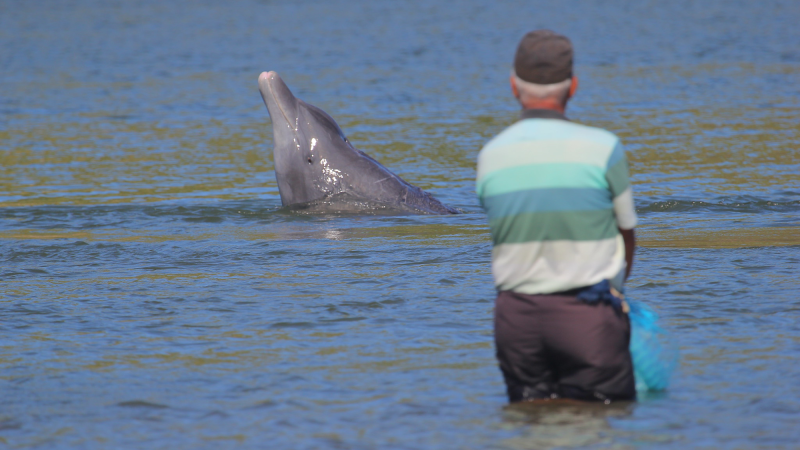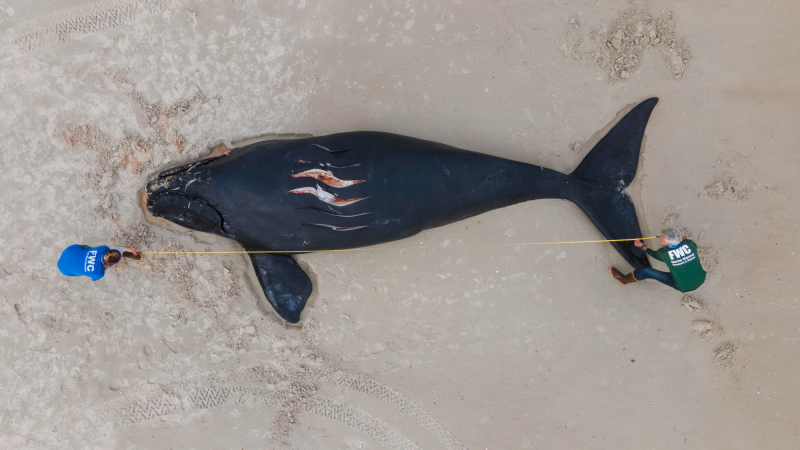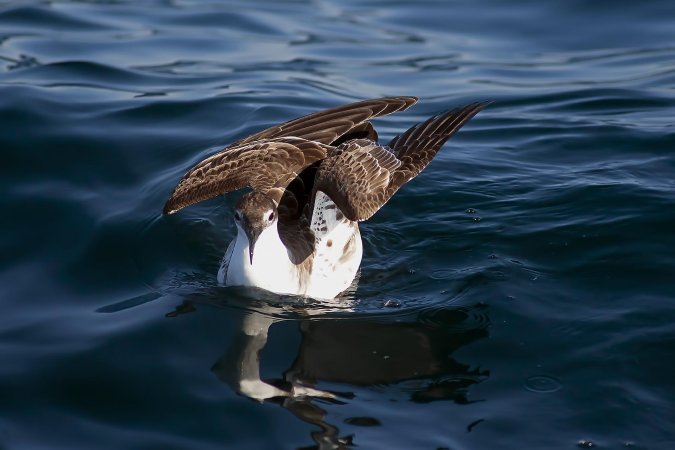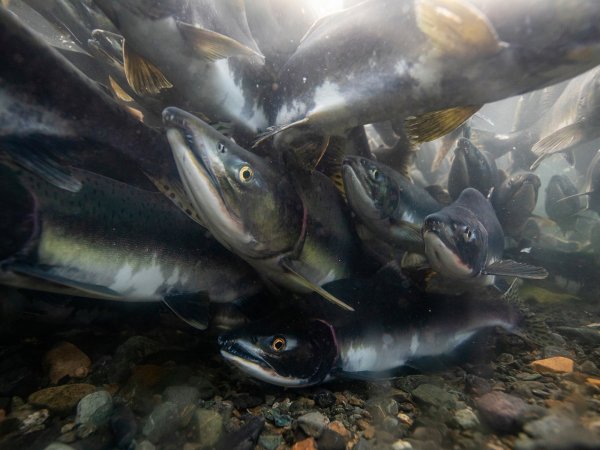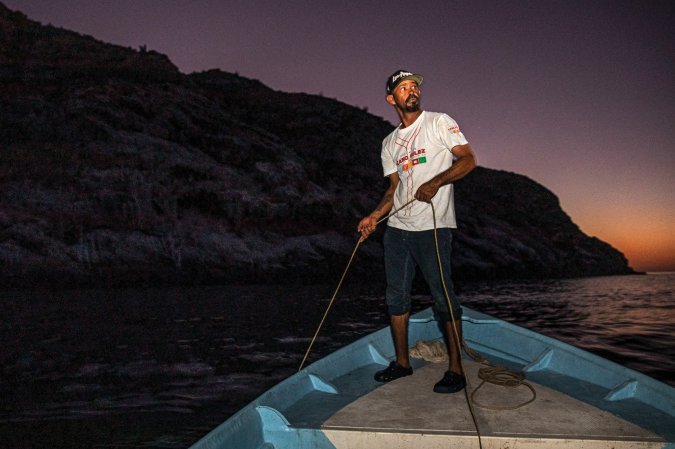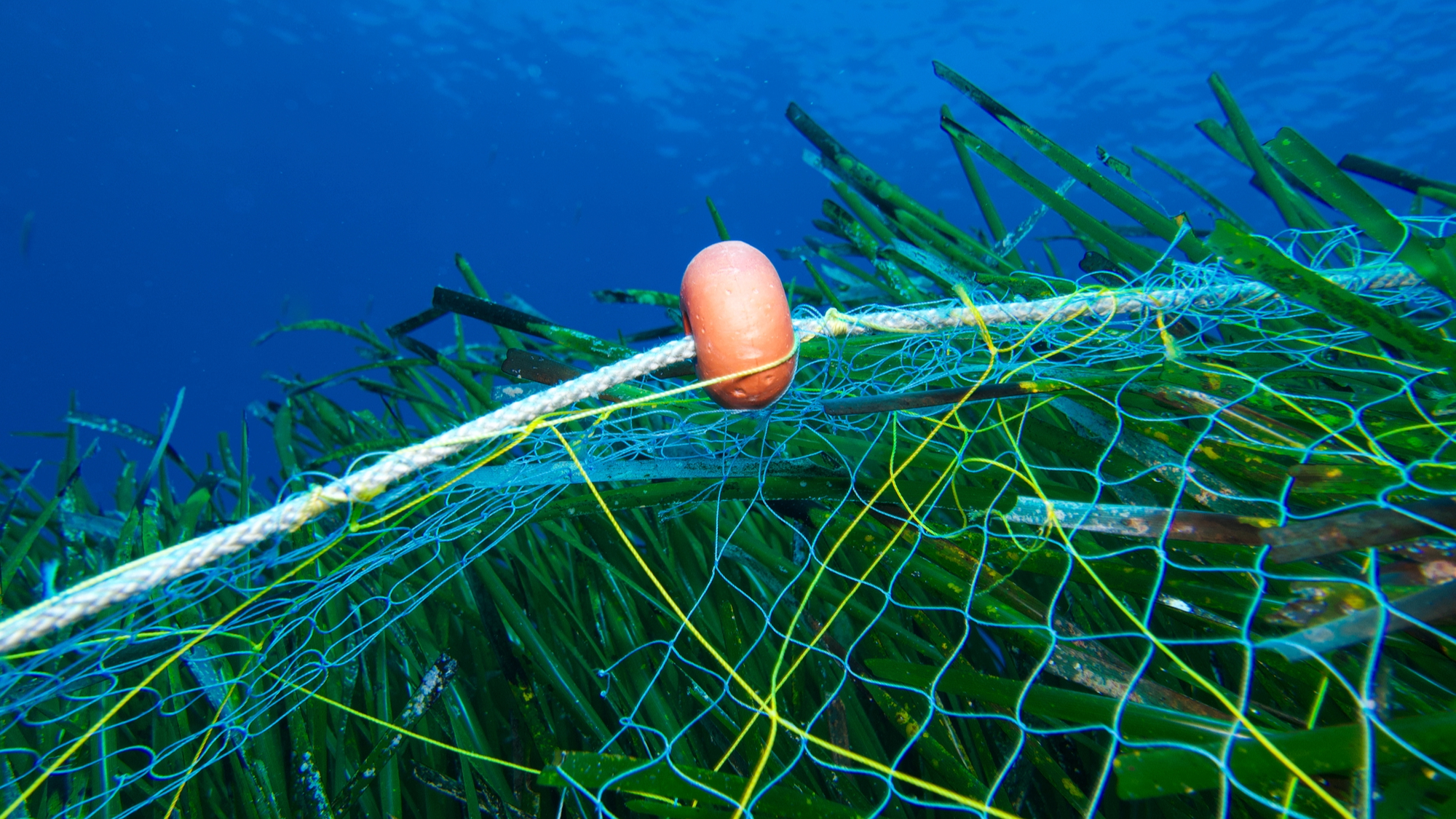

This article was originally featured on Hakai Magazine, an online publication about science and society in coastal ecosystems. Read more stories like this at hakaimagazine.com.
For commercial fishers, losing gear is part of doing business. Fishing lines and nets break and wear out over time or have to be cut loose when gear snags on the seafloor. By one estimate, at least 50,000 tonnes of nets, lines, and traps disappear into the water globally each year. In California alone, as many as 14,000 crab traps are lost or discarded each season. Most of this material is plastic, and lots of it is still partially functional, meaning it can go on catching and killing marine life for centuries—a process known as ghost fishing.
For several years, scientists, fishers, and conservations have been eyeing a not-so-novel solution: biodegradable fishing gear. Made of things like microalgae fibers or biodegradable polyesters, this equipment can be broken down by aquatic microorganisms. Yet while these environmentally friendly nets offer benefits, recent field trials conducted largely in Norway and South Korea show that biodegradable nets catch significantly fewer fish than synthetic ones.
Benjamin Drakeford, a marine resource economist at the University of Portsmouth in England, puts it bluntly: “Biodegradable gear right now is not very good.”
In Atlantic cod fisheries, for instance, nylon nets catch as much as 25 percent more fish than biodegradable alternatives. One team of scientists attributed such shortfalls to biodegradable materials’ tendency to be more elastic and stretchy, potentially allowing fish to wiggle free.
But Drakeford and his colleagues wanted to look at the bigger picture: if biodegradable nets and traps reduce fishers’ catches—but they also lessen the environmental damage from lost and discarded gear—is that a financial hit worth taking? After all, fishers have a vested interest in keeping fish populations healthy. The scientists analyzed prior studies of biodegradable fishing gear’s effectiveness, then interviewed 29 fishers, boat owners, and representatives from fishing industry groups in England about their expenses, profits, and other financial details.
In conclusion, Drakeford and his colleagues write in a recent paper, an industry shift to biodegradable nets would not lessen the impacts of ghost fishing enough to offset fishers’ reduced catches. Biodegradable nets would leave more fish in the water and reduce rates of ghost fishing, helping fishers with future catches. But to make up for the reduced landings, fishers would need financial incentives.
But, the scientists say, if biodegradable gear can be improved, the benefits “over traditional fishing gear would grow exponentially.”
One big problem, the scientists reason, is that a certain degree of ghost fishing is currently locked in: the gear is already lost. Even if fishers everywhere replace their gear, the decrease in ghost fishing—and resultant bump in fish stocks—wouldn’t happen for years. So rather than improving their catch by cutting down on ghost fishing, fishers would be trading environmental sustainability for a lower catch without seeing much of an immediate benefit.
Brandon Kuczenski, an industrial ecologist at the University of California, Santa Barbara, who wasn’t involved in the work, suggests this lack of cost-effectiveness could be overcome with government subsidies.
Drakeford and his team’s analysis comes amid mounting concern over marine plastic pollution, which is pouring into the world’s oceans at alarming rates and is liable to haunt marine ecosystems essentially forever. Large pieces of plastic can choke and strangle marine life, while tiny micro- and nanoplastics—the inevitable result of plastic breaking down—can have more insidious impacts.
Geoff Shester, a campaign director for the conservation organization Oceana, says that while he endorses efforts to develop biodegradable gear, he thinks it would be easier and faster to implement a penalty and reward system to incentivize fishers to not lose or litter gear in the first place. Such a system, he says, would require registering and tracking all commercial fishing equipment.
“If you put out fishing gear, you should have to demonstrate that you’re getting it back,” he says. Right now, he adds, there is no penalty for fishers who lose their gear other than having to buy new gear. He thinks such a system could be more effective in reducing waste.
There is another option, too: holding net manufacturers financially accountable for plastic gear pollution and the costs to fishers of shifting to biodegradable gear. This concept, known as extended producer responsibility, is briefly discussed in Drakeford’s paper.
For his part, Drakeford believes biodegradable nets’ lower efficiency is a speed bump on the road to widescale adoption. He thinks the gear will follow the path of electric vehicles—getting better and better and better. In just a decade, he points out, the range of electric vehicles has doubled several times.
Drakeford sees some irony in the fact that switching to biodegradable gear is, in concept at least, not so much a leap forward as it is a step back.
“In the past, we used biodegradable materials to make crab pots and fishing nets and such,” he says. “We know the answer to this—we just need to go back to what we used to do.”
This article first appeared in Hakai Magazine and is republished here with permission.
